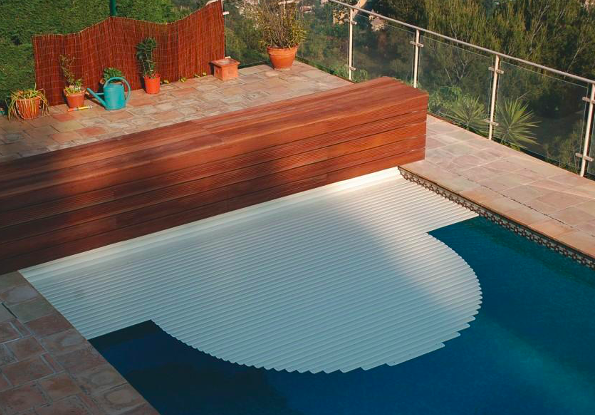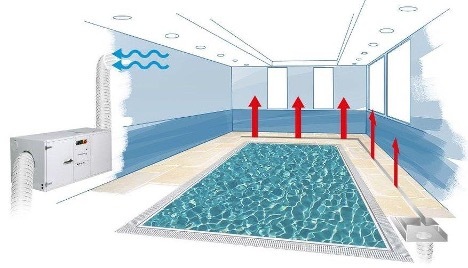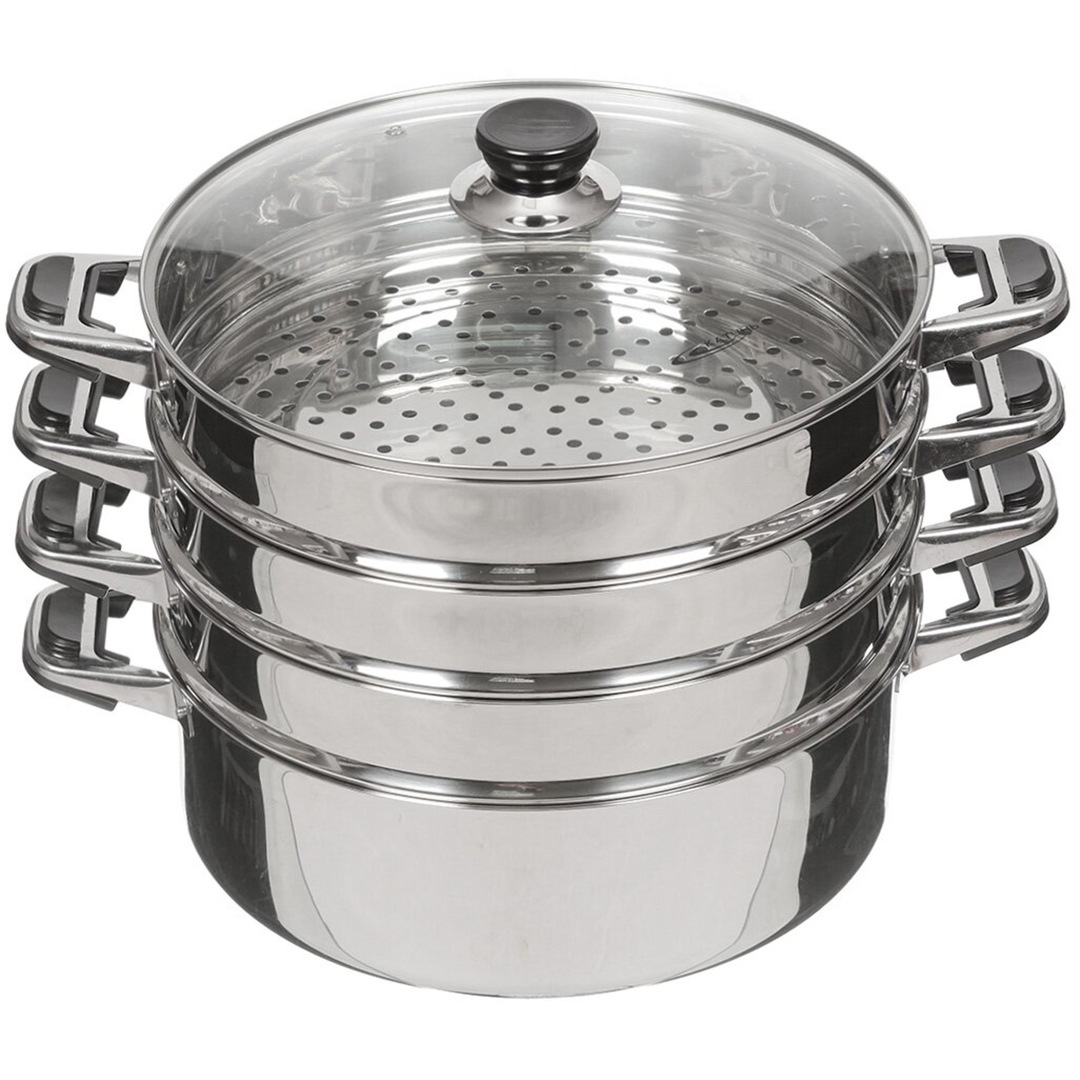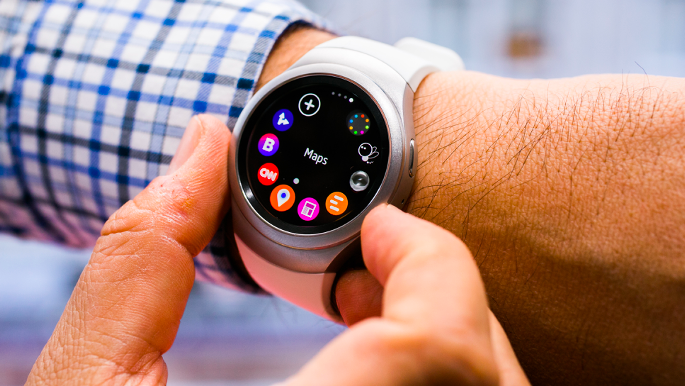Creating comfortable and safe conditions in the pool is a task that requires an integrated approach. One of the key points is to ensure an effective ventilation system and control humidity levels. This article discusses methods and algorithms that allow you to solve these problems with scientific accuracy.

The content of the article
- Basics of ventilation calculations
- Calculation of water evaporation
- Air exchange parameters
- Errors in calculations
- Conclusion
Basics of ventilation calculations
Calculating pool ventilation is not just a technical necessity, but also an important aspect of ensuring the health of visitors and the long-term operation of the equipment. A properly organized ventilation system will help remove excess humidity, chlorine and other chemical compounds.
To determine the parameters of the ventilation system, the following variables are used: pool volume, water surface area, number of visitors and their activity. Based on these data, you can calculate the required air exchange and select the appropriate equipment.
Calculation of water evaporation
Calculating the evaporation of water from the surface of the pool is also of paramount importance. Water evaporation is one of the main sources of increased humidity in a room. The standard formula for calculation includes the surface area of the water, the temperature of the water and air, and the speed of air movement above the surface of the water.
This parameter is directly related to the need for ventilation: the more water evaporates, the more moist air the ventilation system must remove. However, this also means additional costs to maintain the water temperature, which makes this calculation important from a cost-effectiveness perspective.
Air exchange parameters
The air exchange of the pool is calculated based on all the above factors, as well as taking into account accepted norms and standards. Proper air exchange not only provides comfortable conditions for visitors, but also optimizes energy costs.
Please note that standards and regulations may vary between countries and regions, so you should always check your local ventilation and humidity requirements.
List of key parameters for calculation:
- Pool volume and water surface area.
- Water and air temperature.
- Number and activity of visitors.
- The speed of air movement above the surface of the water.

Errors in calculations
Incorrect calculation of pool ventilation can lead to a number of negative consequences. The first and most obvious is the creation of uncomfortable conditions for visitors: excess humidity, the smell of chlorine or, conversely, ineffective air filtration. This not only degrades the overall pool experience, but can also cause upper respiratory tract illnesses or allergic reactions.
The next critical point is the efficiency of the equipment. Insufficient or excessive calculation of pool air exchange can lead to rapid wear and tear of ventilation and filtration systems, which entails additional operating costs. In addition, incorrect calculation can slow down air circulation, promoting the growth of bacteria and mold formation.
Incorrect calculation of water evaporation from the surface of the pool also carries risks. This is especially true for economic efficiency: due to excess evaporation, the consumption of thermal energy for heating water increases and, accordingly, operating costs. In addition, excessive evaporation can lead to the need for frequent refilling and treatment of water, which is also an additional expense.
Conclusion
Calculating ventilation and evaporation of water from the surface of the pool is a complex but important task that requires accurate calculations and consideration of many variables. Correct calculation will not only ensure comfort for visitors, but also optimize the costs of operating the pool.


